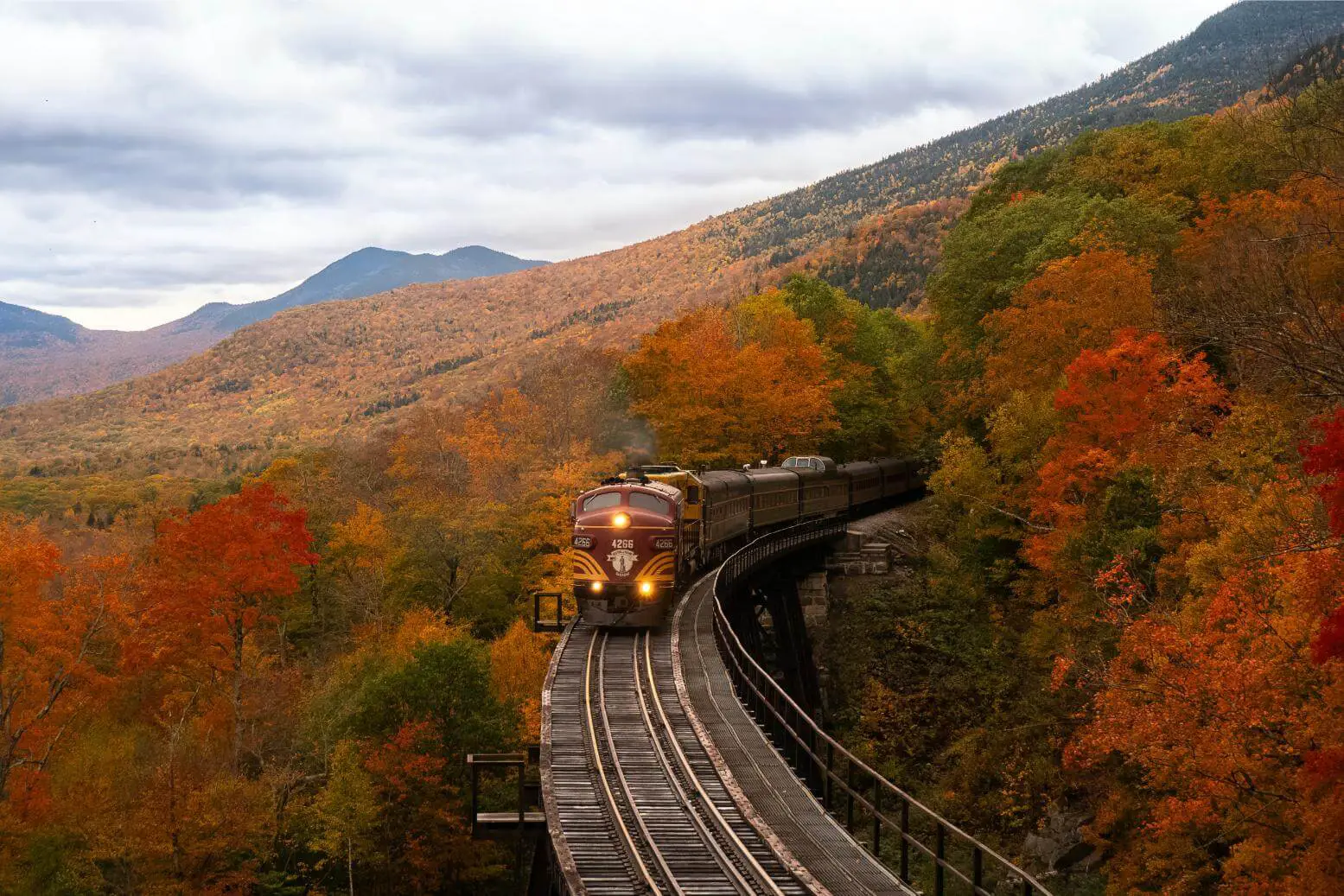
When Is the Best Time to Visit
Heading to New Hampshire? The best time to visit really depends on what you’re looking for. Here is a simple breakdown to help you plan your trip:
Fall (September-November):
- Experience the famous fall foliage.
- Comfortable temperatures for hiking.
- Peak tourism season, plan accommodations early.
Winter (December-February):
- Ideal for snow sports like skiing and snowboarding.
- Enjoy picturesque snowy landscapes.
- Cold temperatures; dress warmly.
Spring (March-May):
- Witness the blooming of flowers.
- Fewer tourists, quieter attractions.
- Weather can be unpredictable; pack layers.
Summer (June-August):
- Perfect for enjoying lakes and beaches.
- Outdoor activities like hiking, fishing, and camping are popular.
- Can get crowded, especially around the 4th of July.
Here’s a quick reference table:
| Season | Pros | Cons |
|---|---|---|
| Fall | Stunning foliage, pleasant weather | Accommodations book up fast |
| Winter | Snowy activities, holiday events | Cold, travel may require preparation |
| Spring | Less crowded, natural beauty | Unpredictable weather, rain is common |
| Summer | Wonderful for water-related fun | Crowds, especially during holidays |
Remember, your preference is key. If you love winter sports, you might find winter the best time for you. If you can’t get enough of the colorful fall leaves, autumn is your season. Decide what matters most to you and plan accordingly!
When Is the Worst Time to Visit
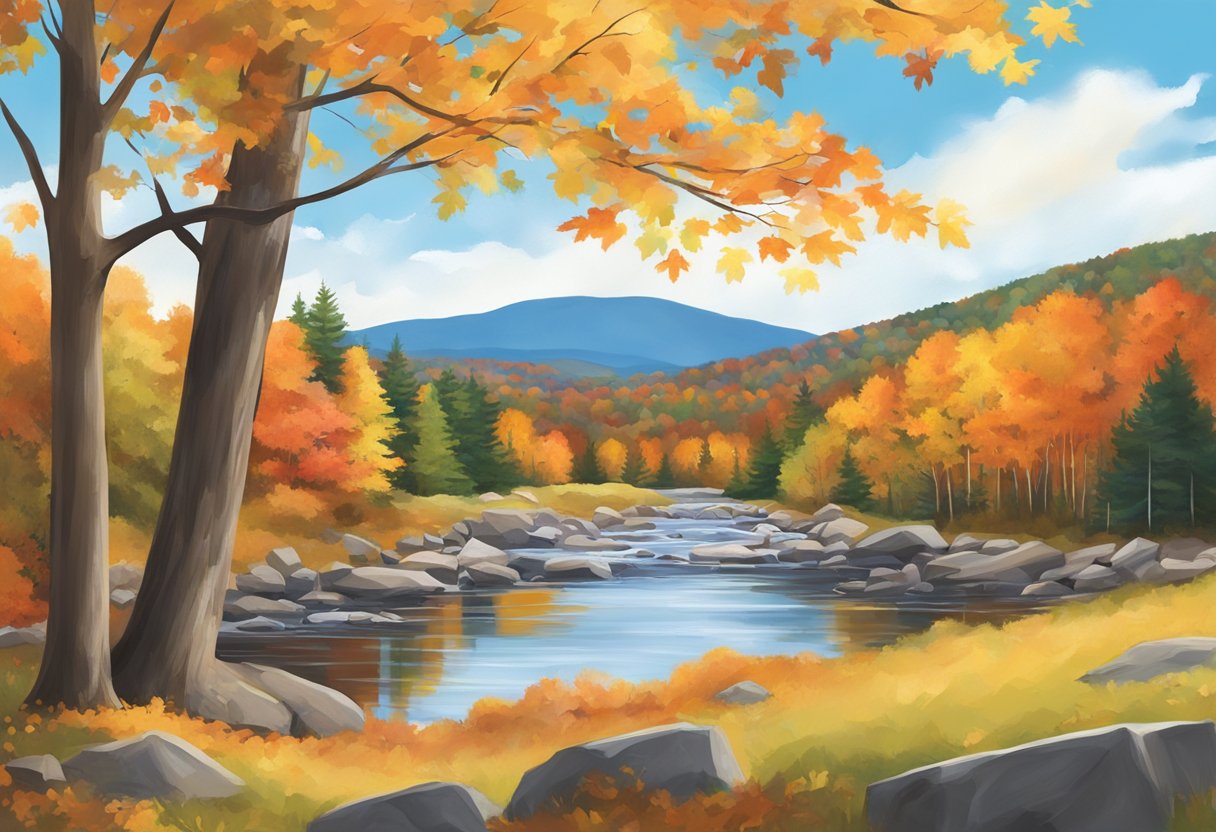
Visiting New Hampshire at the wrong time can mean running into less-than-ideal weather and crowded events. Particularly, mud season and the deep winter months can dampen your travel experience.
Mud Season (April to early June):
- Roads and trails can be especially muddy.
- Attractions may be less accessible.
- Some local businesses and restaurants might have limited hours or be closed.
Deep Winter (January and February):
- Extreme cold can make outdoor activities challenging.
- Snowstorms may lead to travel delays and cancellations.
- Short daylight hours limit your sightseeing time.
Here, have a quick look at a list of challenges you may face:
- Mud Season:
- Access issues due to muddy conditions.
- Inconsistent weather patterns.
- Deep Winter:
- Hazardous driving conditions due to snow and ice.
- Potential for sub-zero temperatures.
The Cheapest Time to Visit
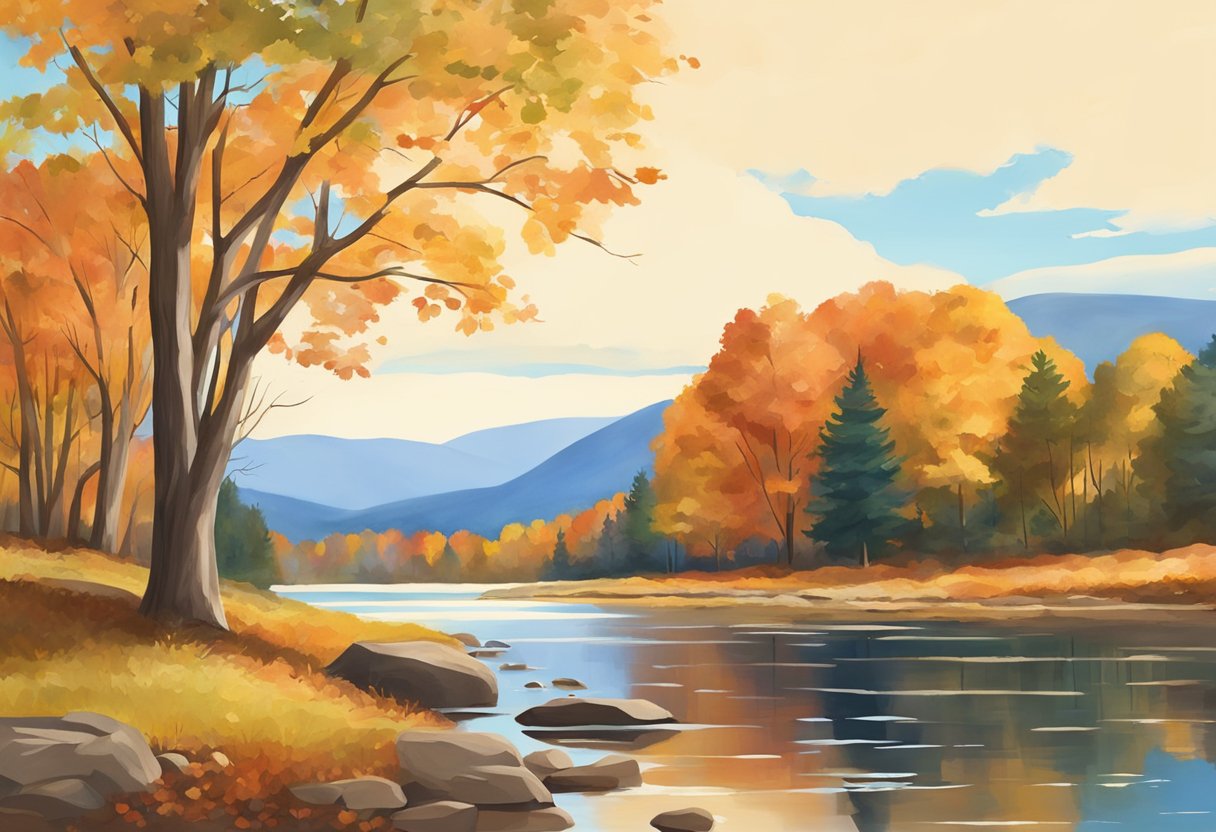
When you’re looking to save money on your trip to New Hampshire, timing is key. Late fall and early spring are typically the most cost-efficient times to visit. Consider planning your trip in:
-
October to early November: Late in the fall season, after the peak of the foliage tourism has passed, you may find lower prices on accommodations and activities.
-
April to early May: Before the summer crowds arrive, many places offer lower rates to attract the few tourists.
Here’s a brief comparison of average accommodation costs:
| Month | Average Hotel Price |
|---|---|
| October | $$ |
| November | $ |
| April | $ |
| May | $$ |
Keep in mind that ‘off-season’ travel can lead to reduced rates but also fewer services, as some attractions may be closed or have limited hours. So, check ahead to make sure you can do what you’ve planned.
Booking your stay and activities during the weekdays rather than weekends can also slash your expenses. Prices often jump up from Friday through Sunday due to higher demand.
Lastly, keep an eye out for deals and discounts on travel forums and websites. Sometimes, local businesses offer special rates to encourage visits during these quieter months. Sign up for alerts and newsletters from hotels and resorts you’re interested in to stay informed about potential savings.
Off-Season: Least Busy Time to Visit
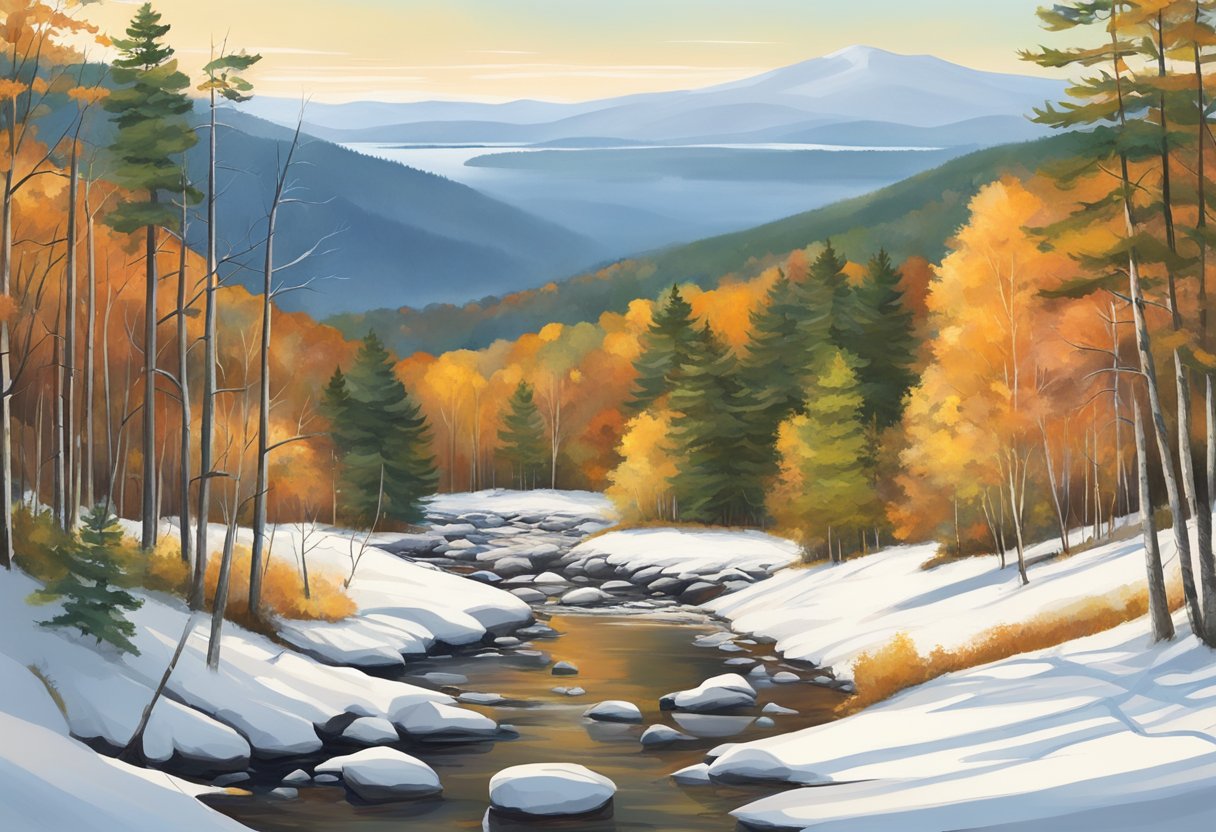
New Hampshire’s off-season typically starts in late fall and extends through early spring. During this period, you’ll encounter fewer tourists, making it a quiet time for a visit.
Late Fall (November)
- Accommodation: Easier to find deals.
- Scenery: The fall foliage starts to fade, but you might still catch some late colors early in the month.
- Activities: Less crowded hiking trails and parks.
Early Spring (March to April)
- Weather: It’s still chilly, with occasional snow showers.
- Attractions: Indoor attractions like museums remain open with fewer visitors.
- Cost: Prices for hotels and rentals are often at their lowest.
Don’t forget to check:
- Local Events: Some small winter festivals or spring events might be happening.
- Road Conditions: Late snow can lead to road closures or require snow tires/chains.
Pro Tip: If you’re a fan of serene, quiet getaways, this is the perfect time to explore local towns and enjoy the calm before the summer crowds arrive. With fewer people around, you’ll get a more authentic feel of New Hampshire’s charming ambiance.
The Most Expensive Time to Visit
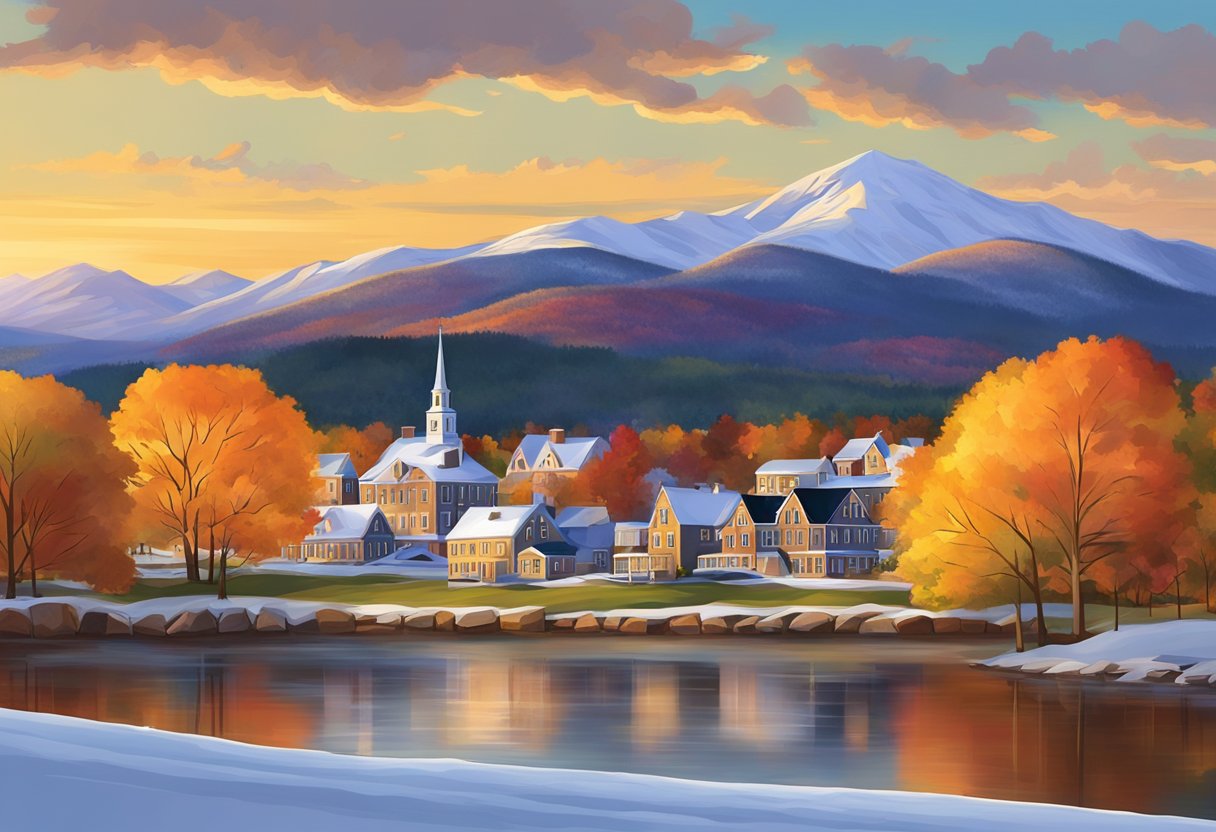
When you’re planning a trip to New Hampshire, peak seasons tend to be the priciest. You can expect accommodation rates and activity costs to soar during these times.
Fall Foliage usually from late September to mid-October:
- Demand for hotels increases.
- Tour operators raise prices.
- Colorful leaves bring crowds.
Winter Ski Season specifically December through early March:
- Ski resort prices peak.
- Holiday periods are especially costly.
- Gear rental and lift tickets can add up.
Here’s a quick glance at the average hotel prices during high-demand periods:
| Season | Average Price Range |
|---|---|
| Fall Foliage | $150 – $250 per night |
| Winter Sports | $180 – $300 per night |
Tips to Save Money:
- Book well in advance.
- Look for mid-week deals.
- Consider staying a bit further from major attractions.
Remember, you can still enjoy the beauty and fun of New Hampshire without the steep prices by strategizing your travel dates.
Hottest Months
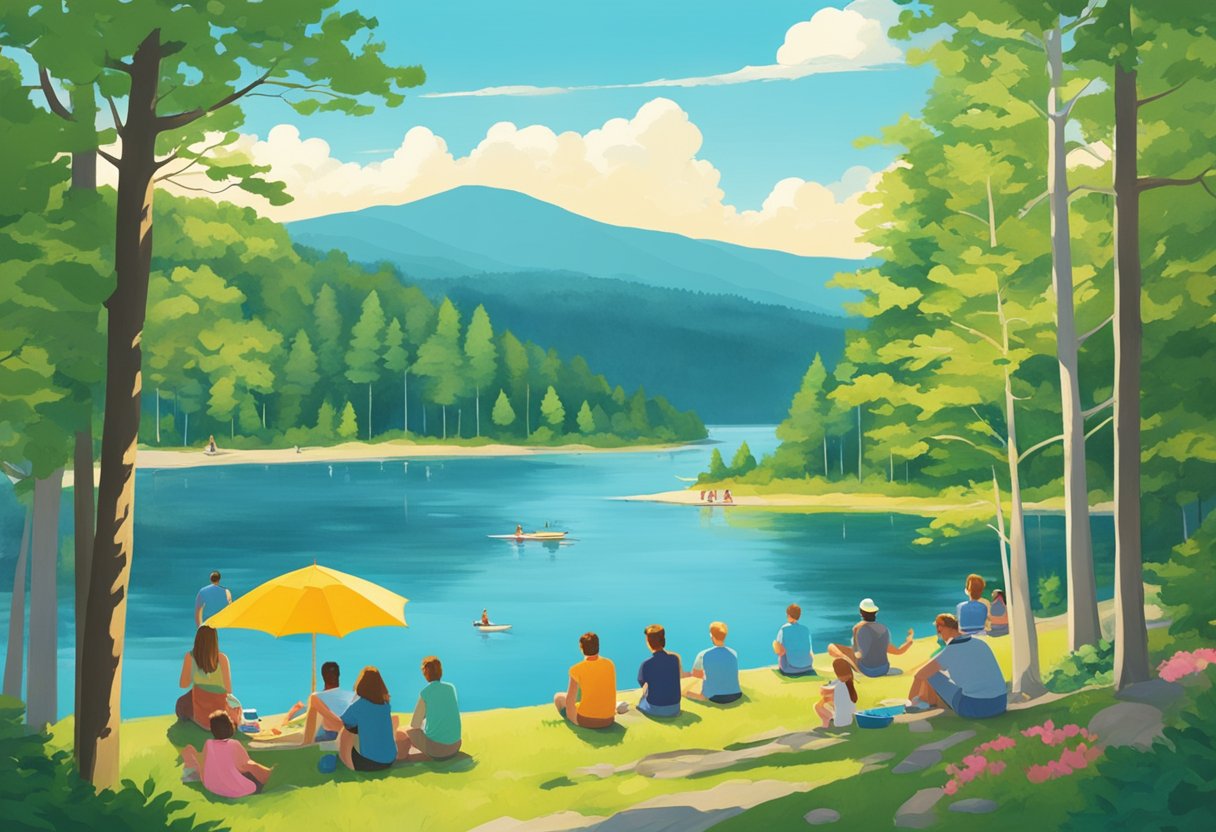
In New Hampshire, July and August claim the title for the hottest months of the year. During these two, you’ll find temperatures that can soar up to an average high of 80°F (27°C) or more, especially in the southern parts of the state.
Here’s a quick breakdown:
- July: Average High – 82°F (28°C)
- August: Average High – 80°F (27°C)
Be prepared for the humidity, too, which can make it feel even warmer. Don’t forget some sunscreen and a hat if you plan to spend time outdoors.
Nights offer a bit of relief, typically dropping to a more comfortable range:
- July: Average Low – 60°F (15°C)
- August: Average Low – 58°F (14°C)
Remember, these are averages, so some days may be hotter or cooler. Always check the forecast before your trip and plan accordingly—you’ll want lightweight, breathable clothes and plenty of water to stay hydrated. Beaches and lakes are popular during these months, so if you’re seeking a spot to cool off, that’s where to head.
Coldest Months
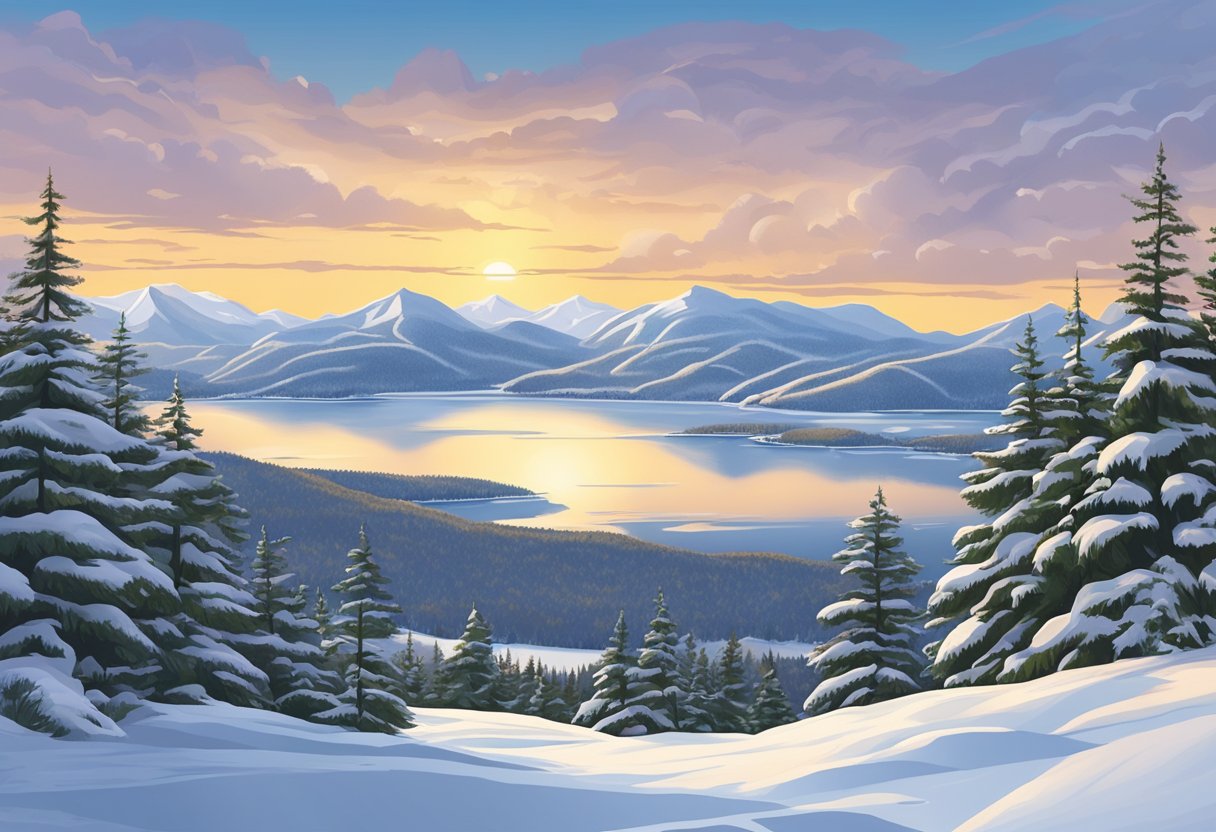
If you’re not a fan of chilly weather, you’ll want to avoid New Hampshire during its coldest months. The state sees its lowest temperatures from December to February. Here’s what you can typically expect:
- December: Things start to get pretty cold. Average low temperatures hover around 15°F (-9°C), but it’s not uncommon to see them dip even lower.
- January: This is usually the coldest month. Be prepared for average lows around 10°F (-12°C), with cold snaps that can bring the mercury down to -10°F (-23°C) or lower.
- February: As the month progresses, you’ll notice a slow climb in temperatures. Average lows are similar to January, but the days gradually become less harsh.
Keep in mind, these are averages — actual conditions can vary. If you plan to come during these months, pack your warmest coats, hats, gloves, and boots, because you’ll definitely need them. You’ll also experience shorter days, so make the most of daylight hours for any outdoor activities.
| Month | Average Low Temperature |
|---|---|
| December | 15°F (-9°C) |
| January | 10°F (-12°C) |
| February | 10°F (-12°C) |
Mountain areas are even colder, with harsher conditions and more snowfall. If you love winter sports, however, this is your time to shine. Skiing, snowboarding, and snowshoeing are at their best!
Month-By-Month Weather
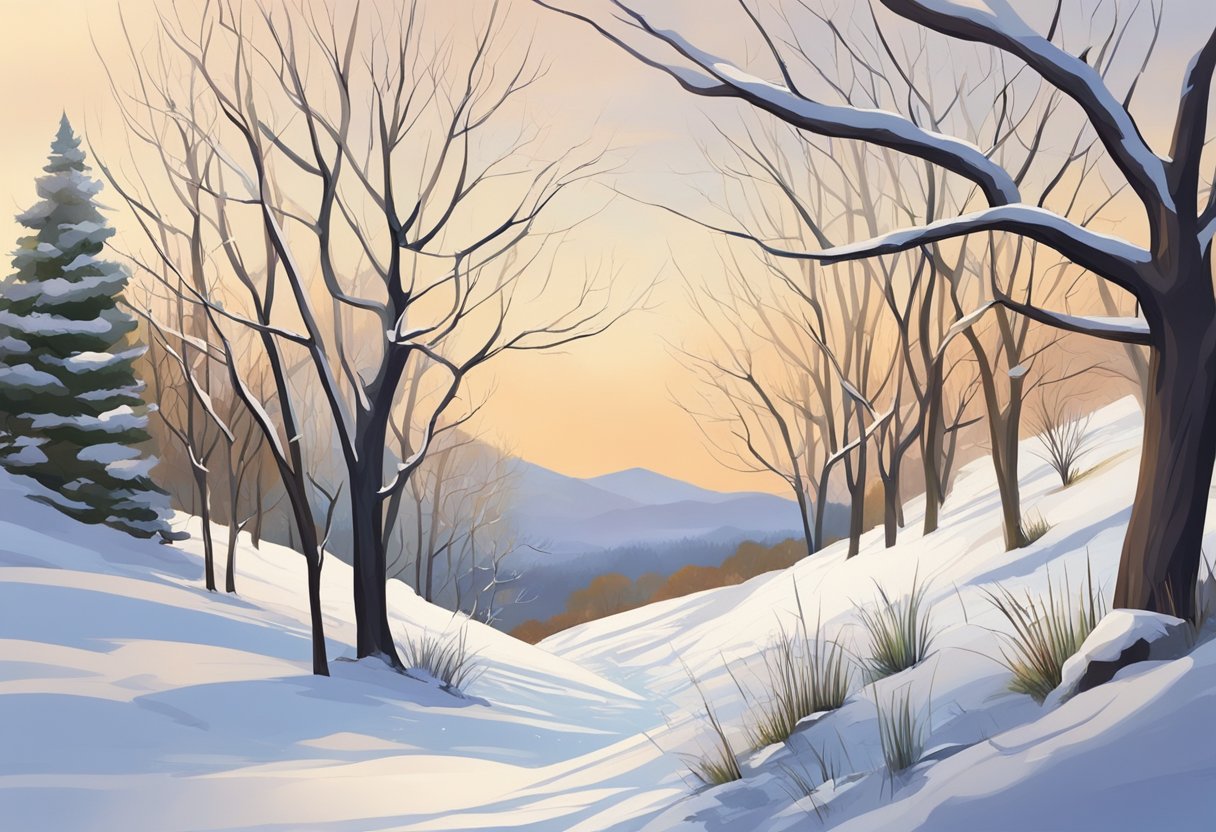
In January, you’ll see low temperatures, often dipping below freezing. Expect snowy and frosty conditions, perfect for winter sports enthusiasts.
February continues the cold trend, with plenty of opportunities for skiing and snowboarding as the snow is still plentiful.
When March rolls in, it brings a mix of winter and early signs of spring. You might encounter a variety of conditions, from late snowstorms to milder days.
April often sees temperatures gradually increasing. However, it can be unpredictable with a chance of rain or even late snow.
May is when spring truly takes hold. You’ll likely experience milder temperatures and blooming flowers, but don’t forget a light jacket for occasional chilly days.
June ushers in the start of summer with warm temperatures, longer days, and more sunshine. It’s a great time for outdoor activities.
July is typically the warmest month, with comfortable, warm weather ideal for hiking and enjoying the lakes.
August tends to be similar to July, but you can expect some humidity and the occasional thunderstorm.
As September arrives, you’ll feel the early hints of fall with cooler evenings. The foliage isn’t at its peak yet, but it’s starting to change.
October is all about the fall foliage. Crisp air and vibrant leaves make this a popular time for leaf-peeping.
November sees a noticeable drop in temperatures, and the chance of snow increases as you move towards December.
December brings winter back in full swing. Cold, snow, and festive atmospheres are common, making it a cozy time to visit the local towns.
Frequently Asked Questions

New Hampshire offers a diverse array of experiences throughout the year. Here are some common inquiries to help you plan your trip.
What’s the ideal season for touring the White Mountains in New Hampshire?
To experience the White Mountains, summer is your best bet. You’ll enjoy pleasant weather and accessible trails from June to August.
When can you catch the best fall colors in New Hampshire?
Autumn’s fiery display usually peaks in early October, so plan your visit around this time to see the fall colors at their best.
Is it better to visit New Hampshire during fall or winter for a vacation?
For vivid landscapes and milder weather, fall is great. But if you love winter sports, visit in December or January when the snow is plentiful.
What are the peak tourist months I should avoid in New Hampshire?
July and August see the highest number of tourists, so avoid these months if you’re not a fan of crowds.
Can you recommend a time of year for fewer crowds but great weather in New Hampshire?
Late May to early June or September offer you good weather with fewer tourists, making for a peaceful getaway.
Which month is typically considered the most picturesque for a New Hampshire getaway?
October is the month to see New Hampshire in all its glory, with stunning fall colors painting the landscapes.
